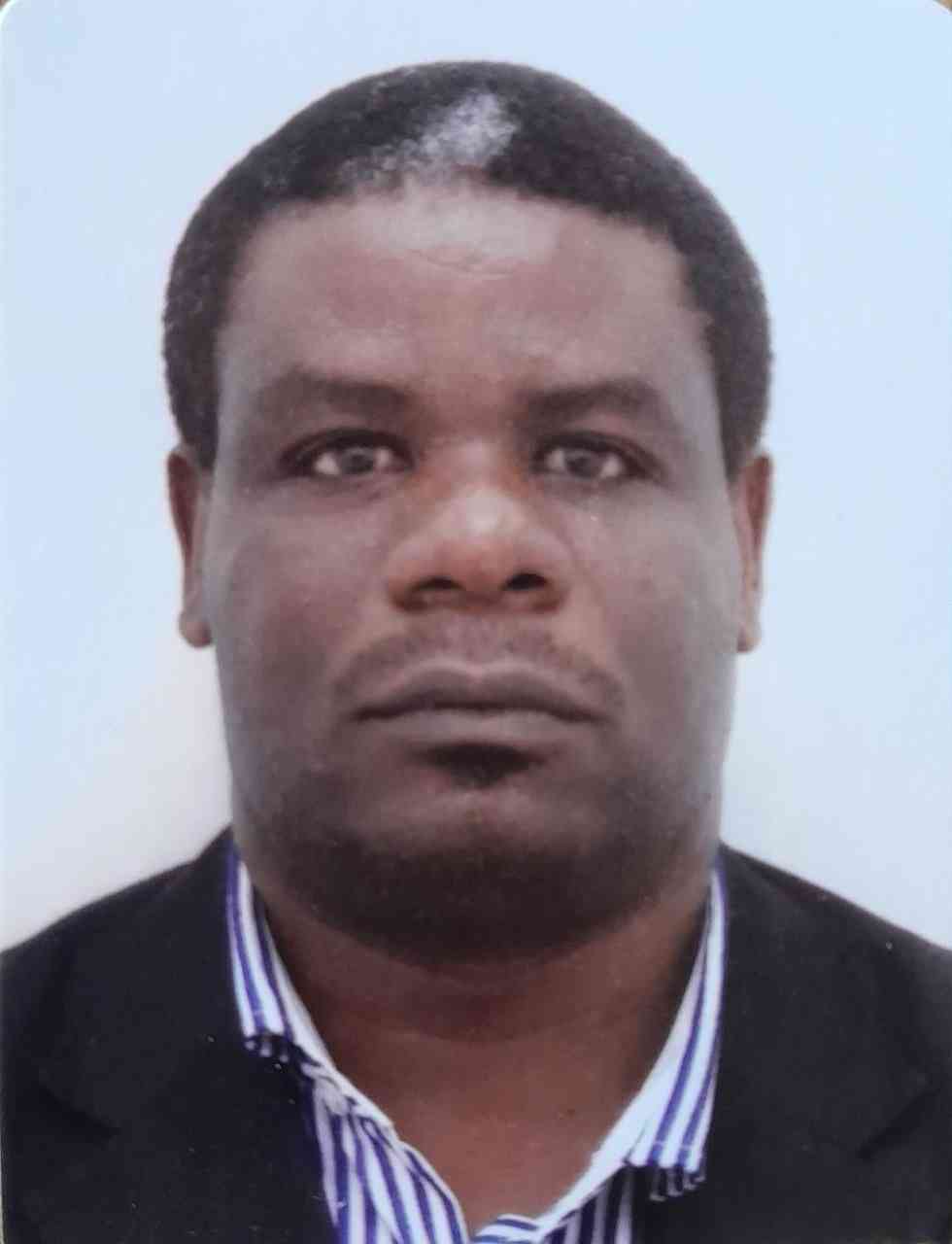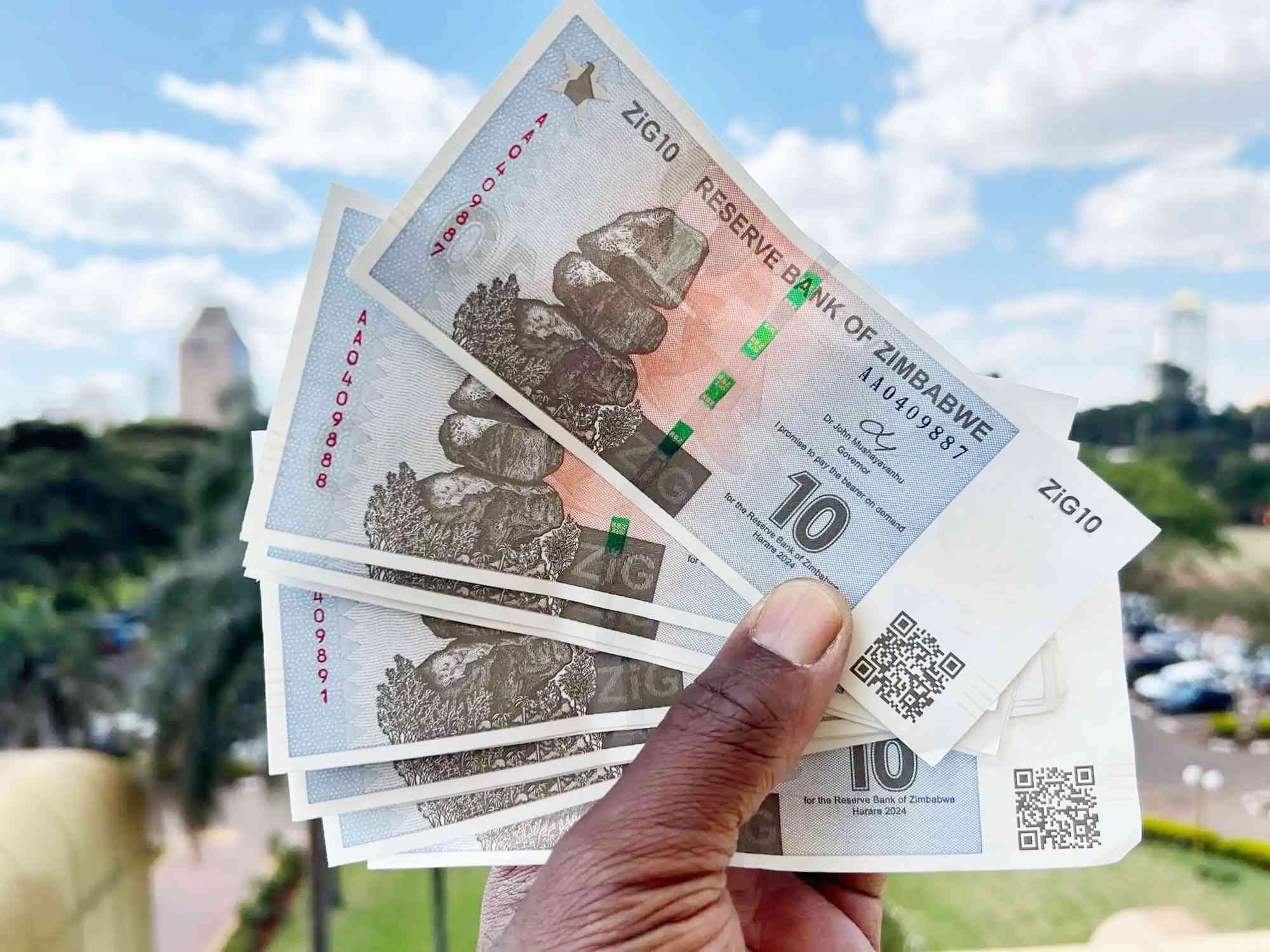
At the 44th Summit of the Southern African Development Community (Sadc) heads of state and government held in Harare this August, President Emmerson Mnangagwa assumed chairmanship of the 16 - member community – a sprawling bloc of varied opportunities. Leading Sadc is an important task, mostly involving the acceleration of regional integration efforts that kicked off at the bloc’s formation in 1980 as the Southern African Development Coordination Conference. The work involves harmonising cross border travel, investment and trade among many issues. These are all vital ingredients of building the economies to better care for their citizens - many of them struggling to make ends meet, undermined by limited opportunities, pockets of instability, poverty and climate change. Our digital and online editor, Silence Mugadzaweta (SM) this week had an interview with Joseph Ngwawi, a regional integration expert, for insights into the trajectory that the region has taken in terms of visa openness, economic integration, travel and trade. Here is how their discussion turned out:
SM: Thank you for giving us the opportunity to talk to you. What are the key policies or agreements that contribute to visa openness in the Sadc region?
JN: Sadc has put in place a number of legal instruments to facilitate and promote increased movement of citizens within the region. The main legal instrument is the Protocol on the Facilitation of Movement of Persons, which was adopted in 2005.
The protocol provides for the harmonisation of national laws to promote free movement of people around the region.
SM: We understand that this protocol has not yet come into force
JN: Although the protocol is yet to enter into force - which means ratification by at least two thirds of the 16 member states - a lot has been done by countries in the region to implement some of the provisions of this Sadc legal instrument.
These include harmonisation of laws and administrative practices so that citizens of one member state can enter another country in the region for a maximum period of 90 days per year without needing a visa. This has seen several member states gradually opening up their borders to citizens of fellow Sadc countries. Of course, some countries have opened up more than others.
For example, Mauritius, Seychelles and Zimbabwe are the three countries that no longer require citizens of all other Sadc member states to apply for visas before entering their territories. They get their visas on entry.
- Little hope for Zim, Africa
- African leaders dying overseas expose cruel deception of independence
- Sadc must intervene on Zim crisis: SA
- Sadc meets over water, energy and food security
Keep Reading
SM: What is the situation in the rest of the other regional states?
JN: We have several other countries that still require citizens of only selected Sadc member states to get their visas on entry while the rest have to apply in advance. The least open country in the region is the Democratic Republic of Congo (DRC), where citizens of most Sadc member states have to apply for visas in advance, except for those from Madagascar, Mauritius, Zambia and Zimbabwe. Despite this graduated visa openness across the region, as a bloc Sadc is one of the African Union (AU)’s regional economic communities recognised as migration-friendly, according to the Africa Visa Openness Report 2023, which was jointly published by the African Development Bank and AU Commission. The region is ranked joint second out of the eight regional economic communities recognised by the AU, with Seychelles being ranked joint first together with Rwanda and The Gambia.
SM: Apart from the protocol that you have mentioned above, does Sadc have other instruments that speak to the issue of Visa openness?
JN: Other legal instruments that have been put in place that in a way facilitate free movement of persons across Sadc include the Protocol on Education and Training of 1997, the Protocol on Development of Tourism, which came into force in 1998 and the Protocol on Employment and Labour, a 2014 instrument. All these legal instruments have provisions that allow citizens of one country to enter and work or learn or enjoy the facilities of another Sadc member state without inhibition.
SM: Can you discuss the challenges faced by member states in harmonising visa regulations?
JN: There are a number of challenges faced by member states in harmonising visa regulations. Some of these challenges include the issue of economic disparities among Sadc countries. It is perhaps the main challenge impacting efforts to harmonise visa regulations in the region. As you know, Sadc member states have varying levels of economic development. This means wealthier nations tend to be reluctant to offer easier access to citizens from less affluent countries, fearing an influx of migrants seeking better opportunities.
SM: Do you think citizens in the region have a role in influencing how these policies are made by their governments?
JN: Yes, linked to the above is the topical issue of public perception and sentiment where national sentiment towards foreigners tends to influence visa policies or actions of officials responsible for issuance of visas.
Public concerns about immigration and job competition may lead governments to maintain stricter visa regulations. This has been the case with the Afrophobia that we have seen in recent years in South Africa. There is also the issue of security concerns that often sees countries being hesitant to relax visa requirements due to concerns about illegal immigration, human trafficking and security threats.
SM: Is political will equal across these 16 countries in terms of implementing agreed instruments?
JN: Lack of political will is another major factor. Political differences and varying priorities among member states tend to hinder the commitment to harmonising regulations. Some countries tend to prioritise bilateral agreements over blanket policies.
SM: How does visa openness impact trade and economic development within the region?
JN: Visa openness significantly impacts trade and economic development in several ways. These include increased trade facilitation by simplifying travel for businesspeople and, therefore, enabling them to have easier access to markets, clients and suppliers. This is expected to lead to increased cross-border trade and investment opportunities.
SM: With regards to your comments above, tell us your view about foreign direct investment (FDI)
JN: Countries with more open visa regimes tend to attract more foreign direct investment. Investors seek environments where they can move freely and establish business operations without bureaucratic hurdles. Of course, there are several factors that contribute to the ease of doing business in a country and visa openness is one of the key ones.
SM: Which are the other factors?
JN: Others include the level of red tape in the country.
Easier visa access leads to increased tourism, which is a significant driver of economic growth.
More tourists can contribute to local economies through spending on accommodation, dining, and attractions. Open visa policies facilitate labour mobility within the region. We have seen skilled workers move from Zimbabwe to other countries in the region where their expertise is needed, helping to address labour shortages and enhancing productivity across sectors. Of course, it is not only Zimbabwe that has been exporting labour to other countries, but other countries have been doing the same. It may only be a question of numbers that differs.
SM: What role does visa openness play in attracting FDI in Sadc countries?
JN: Visa openness serves as a significant incentive for foreign investors considering opportunities in the region. As you know, foreign investors often avoid jurisdictions with cumbersome setup requirements or barriers to doing business.
Instead, they are drawn to countries and regions that offer attractive operating environments, including the ease of obtaining work permits for the experts they wish to bring into the country.
While visa openness is not the only factor influencing investment decisions, it is undoubtedly one of the key considerations that can sway investors towards a particular location.
SM: How can regional cooperation be strengthened to facilitate greater visa openness?
JN: There are several strategic approaches that can be adopted. These include developing and adopting common visa policies and frameworks that align with regional goals. This includes establishing standardised visa categories and requirements to simplify the process across member states.
SM: Tell us more about this
JN: Investing in capacity building for immigration and border control agencies within member states will also be important. This will involve the training of officials in all member states on best practices in managing visa processes to enhance efficiency and security.
Another way of doing it would be implementing shared technological solutions such as electronic visa (e-visa) systems and data-sharing platforms. This would assist in streamlining application processes, enhancing security and reducing bureaucratic delays.










